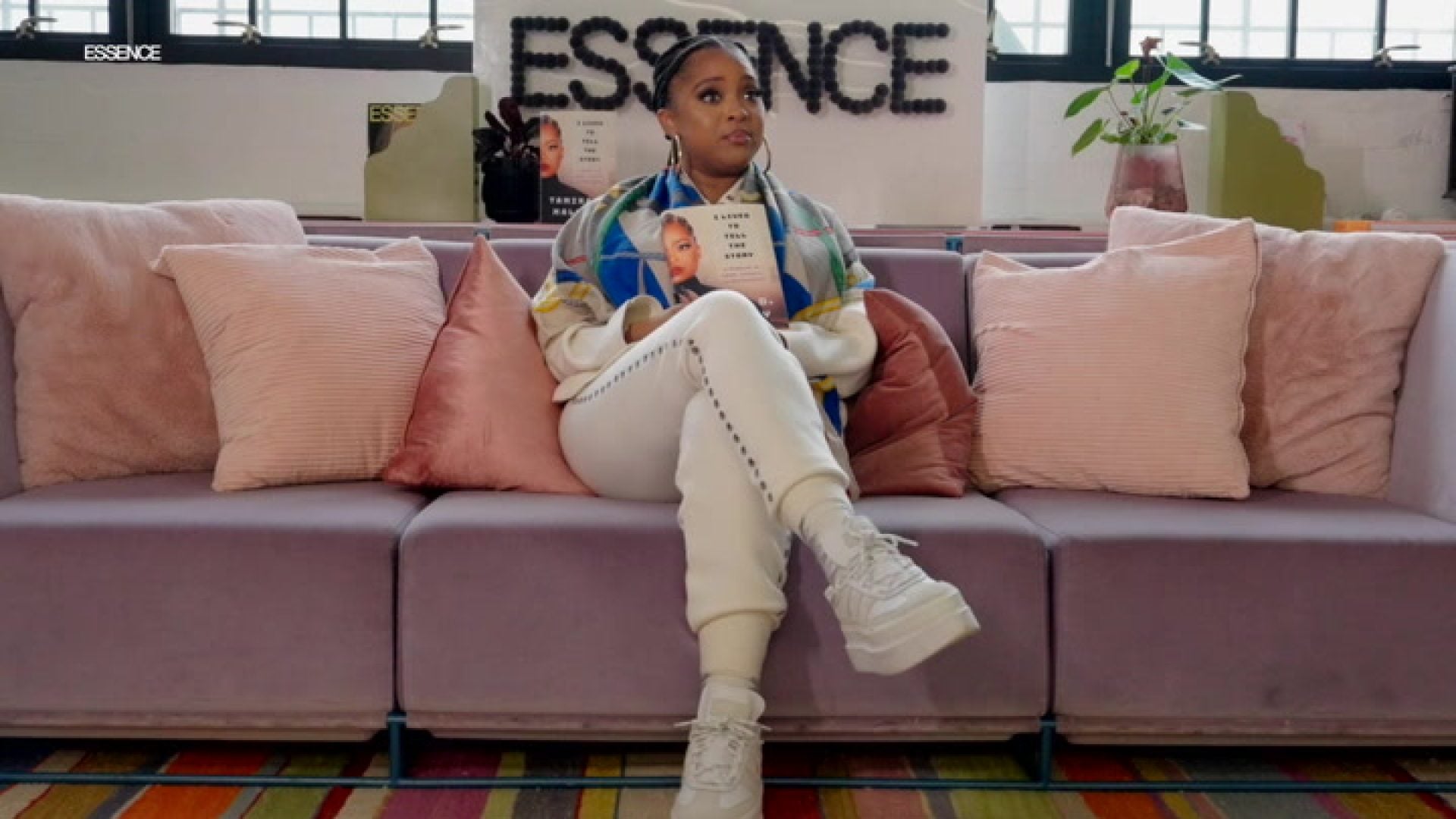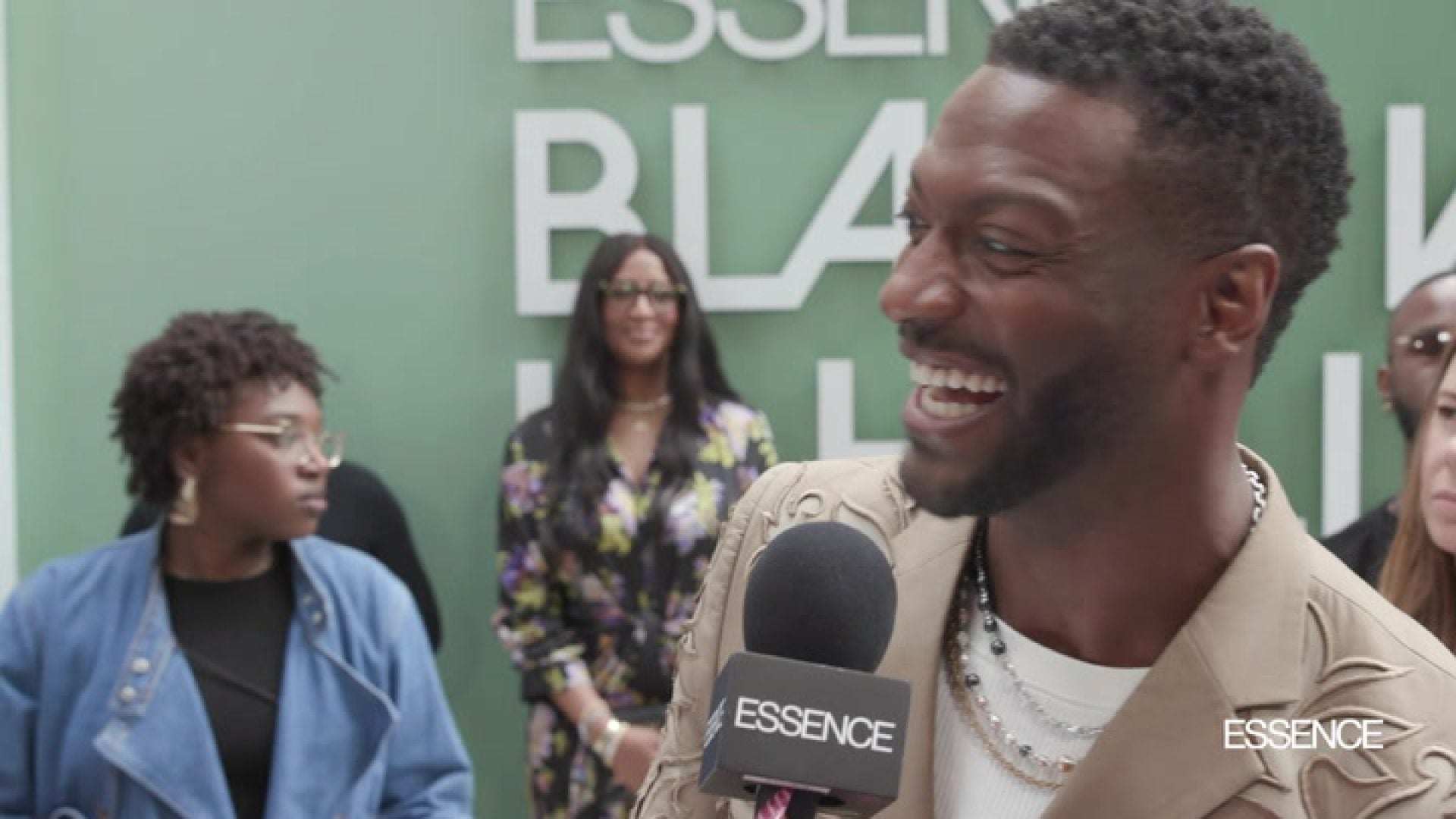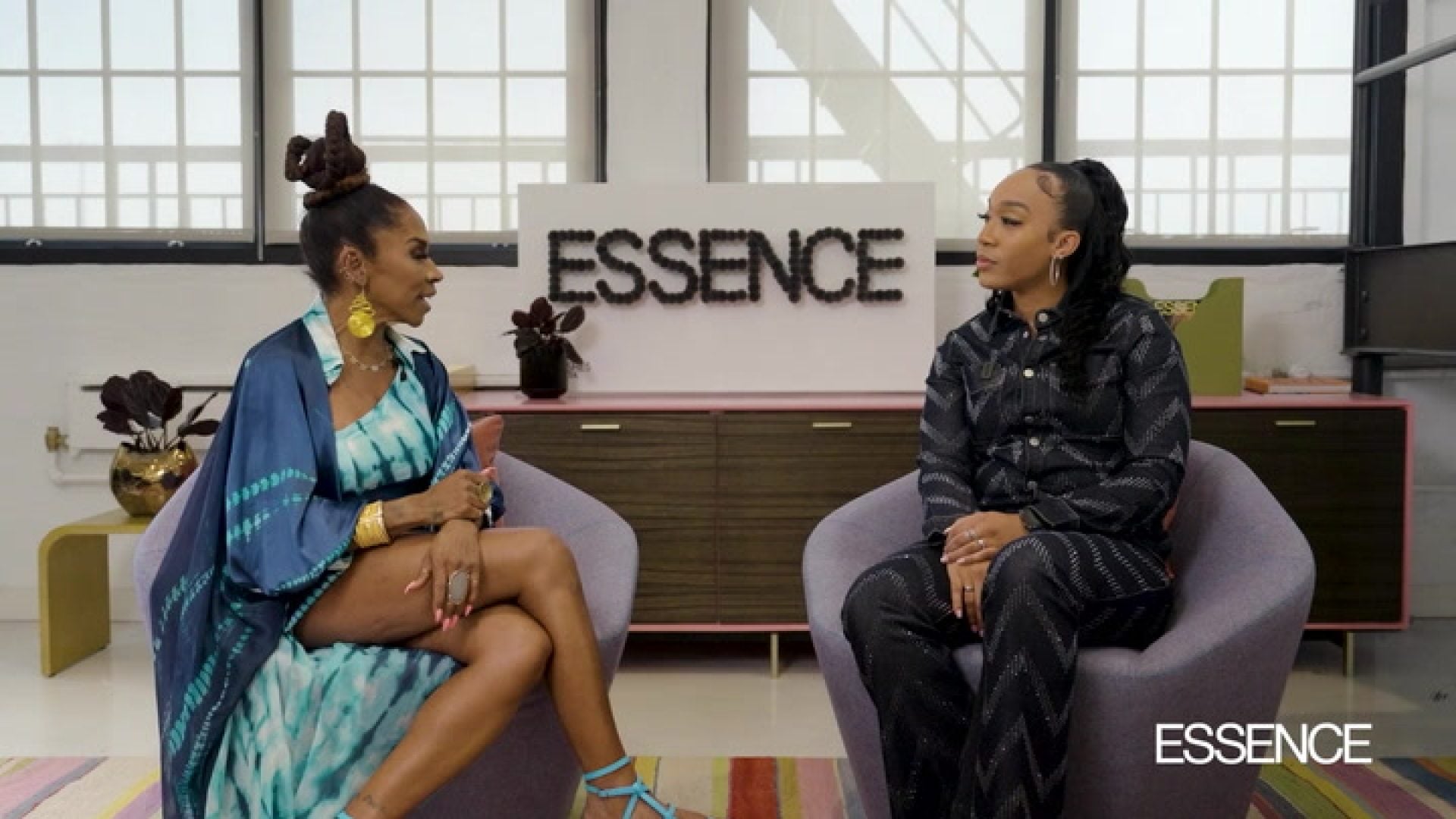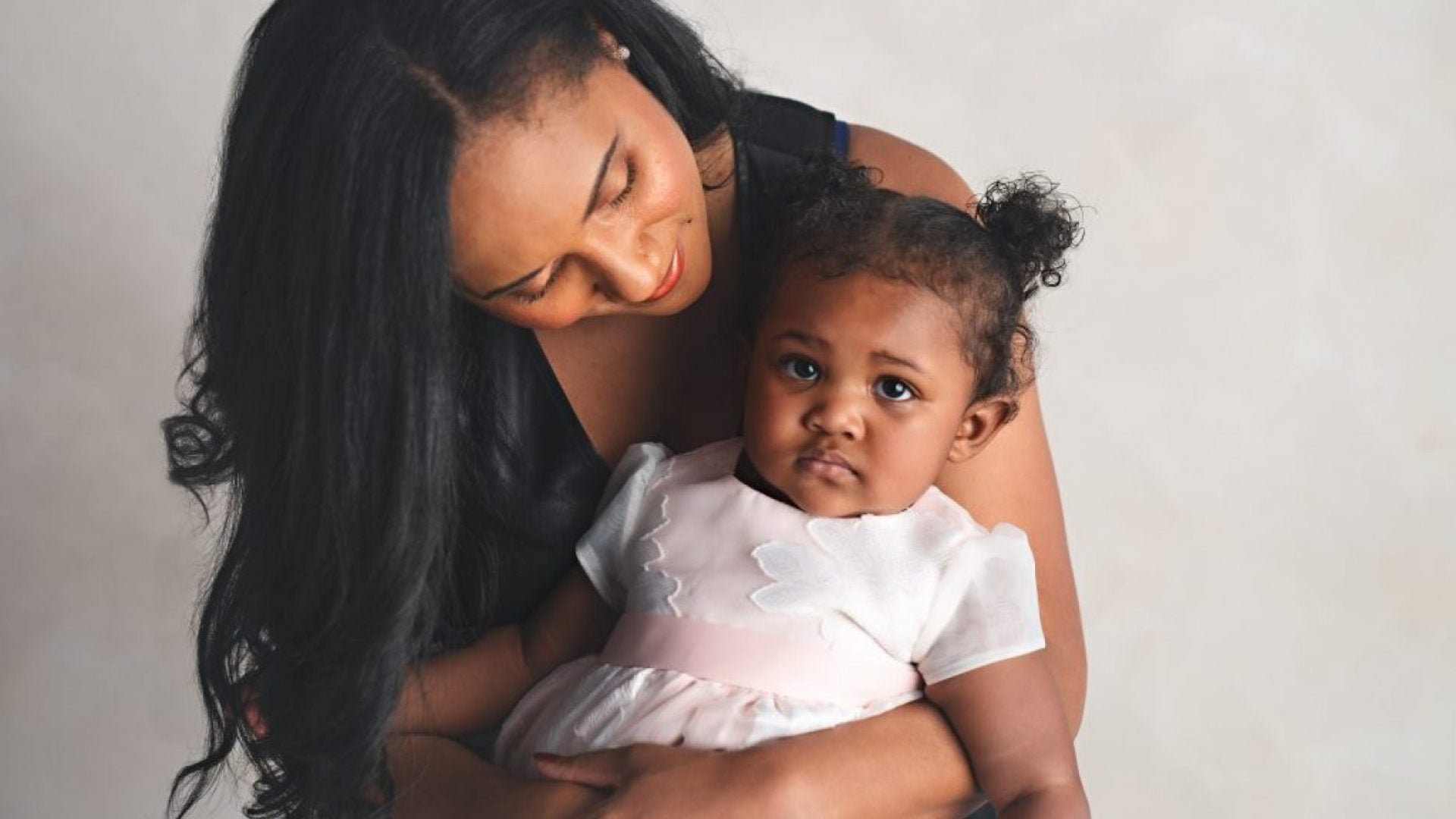
Ebony Beckford didn’t want her daughter to grow up like she did, not knowing much about money. So before she was even born, she wanted to make sure she had all of the tools in place to teach her daughter how to be financially responsible and eventually — independent.
However, as much as she searched, she couldn’t find anything on the market that specifically catered to teaching young children about financial literacy, while still being fun and engaging. So Beckford did what many Black women often do in her predicament: she decided to create it herself.
Filled with fun and engaging games and activities, Beckford designed the Fin Lit Kids Money Box to teach children the value of US currency, introduce them to basic financial concepts such as saving, investing, and giving, and promote critical thinking about money.
Understanding how to manage finances has become one of the most critical skills today, “The Money Box” is a solution for other parents who may be struggling to teach their kids these financial lessons. Very few Americans save for emergencies, and many live from paycheck to paycheck, so if a change is to be brought about, it must begin from an early age. The Money Box contains: Madison’s 1st Dollar: A Coloring Book About Money, The Fin Lit Kids flashcards, money jars, play money, a matching game that helps strengthen visual memory, and a guide that makes recommendations for fun and engaging activities that adults can partake in to enhance the learning experience for the children.
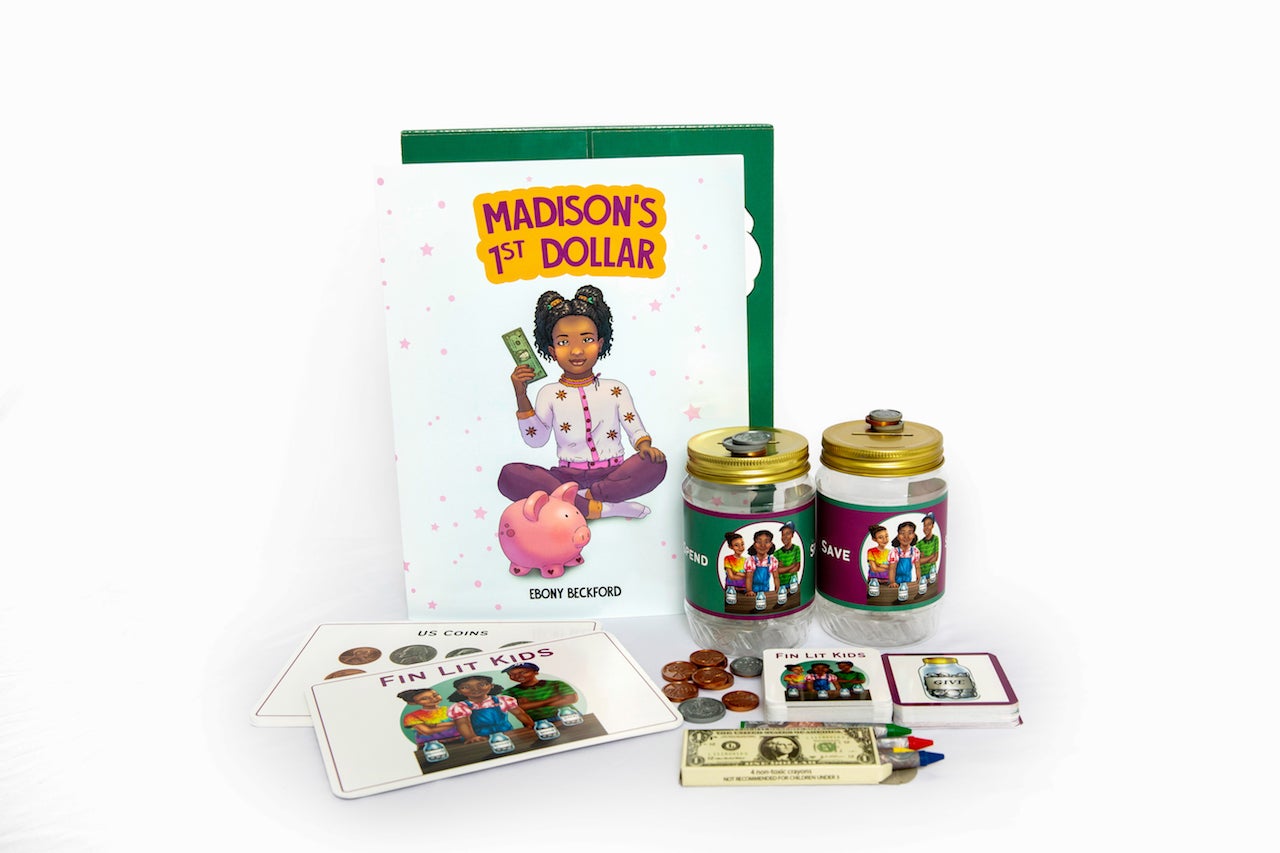
In this interview for ESSENCE, Beckford discusses the impact a parent’s money habits can have on their children and the advice she plans on giving to her daughter to help her manage her money as she grows older.
How does the Money Box introduce kids to basic financial concepts? Is there such a thing as too young to talk to your kids about money?
The Money Box promotes financial literacy by gamifying the learning process into fun, simple activities that can be repeated or modified based on a child’s
specific interests. Children are exposed to basic concepts like counting coins, saving, investing, budgeting, through flash cards, money jars, a match card game, and a story-activity book.
As to whether children can ever be too young to learn financial concepts, absolutely not! There is considerable research to support that money management decisions made in adulthood are strongly based on habits formed in childhood. So the key is breaking down complex concepts into simple components, and building upon them as the child develops. But waiting too long to introduce financial concepts at all does our children a great disservice.
What impact can a parent’s money habits have on their children?
Children learn a great deal by observing their parent’s actions and money habits are no exception. It does not happen overnight but they do develop an appreciation for when and how it can be spent and how its availability impacts their personal happiness. For instance, when a parent tells their child they cannot have a toy because it’s too expensive, that’s a finance lesson, deliberate or not. The question is what lesson does it teach? That spending money is ok as long you make enough to buy what you want? That there are better uses of money than purchasing expensive toys? Or some combination of both? My goal is to provide parents with resources to work through these challenges and teach their children good financial habits early-on.
Why do parents avoid the personal finance conversation with their children?
There are several reasons. Firstly, many parents think that highlighting money too early in a child’s development promotes an unhealthy obsession with it, which is ironic considering how much weight and value modern society places on one’s personal wealth. Secondly, society’s obsession with obtaining wealth makes many feel insecure or unqualified to speak openly about their existing personal finances. Lastly, there is so much terminology, so many concepts, wealth-building strategies, financial gurus, etc. that obtaining financial literacy feels so overwhelming for adults, how could they possibly expect to teach it to their children? Unfortunately, all these factors create barriers that leave many of our children inadequately prepared to deal with the financial realities of adulthood and the cycle repeats itself.
Despite their reluctance to discuss money, most parents do see the importance of teaching their children financial concepts. So I think of the Money Box as a massive reset that makes the process of engaging that conversation far more fun and approachable than is otherwise available.
Why don’t schools teach it?
Great question. Firstly, there is a strong relationship between financial literacy and math skills so I think sustained declines of math performance in US public schools has had a real impact. Secondly, changing public school curricula is as much a political issue as it is an educational one, and the lack of universally accepted notions around financial education makes widespread adoption of innovative ideas difficult. I also think there is also a bit of a perception that teaching money concepts is either in some way vocational or overstepping the traditional boundaries of what public schools should teach. Finally, so many schools are already overwhelmed with their existing topic matter, so financial literacy education continually gets deprioritized.
What are the top three pieces of financial advice you have for your daughter so she can better manage her money as she grows older?
Develop the habit of saving before you spend. Many people struggle with saving because when determining how much they need to earn to sustain themselves they focus on how much is needed to cover their cost of living leaving little room left for saving. Your business and/or job should afford you the opportunity to make enough money to invest in yourself. If it doesn’t then you need to create a new product/service or get a new job.
While saving is essential to creating a strong financial foundation, investing is critical to building and establishing wealth. You have to find ways to make your money work for you. While many equate investing to the stock market or a startup, investing for me is writing and publishing children’s books, developing new skills to increase my earning potential, building a business that will one day generate revenue from me while I sleep at night.
Own the rights to your intellectual property. As an author I’ve spoken to a good number of writers who have made the decision to sell their stories to publishing companies. While in some cases this turns out to be a great opportunity, in many it is not. As a self-published author I own 100% of the rights to my story and characters, which means I have complete control over the life of the story, merchandise, licensing agreements, etc.





